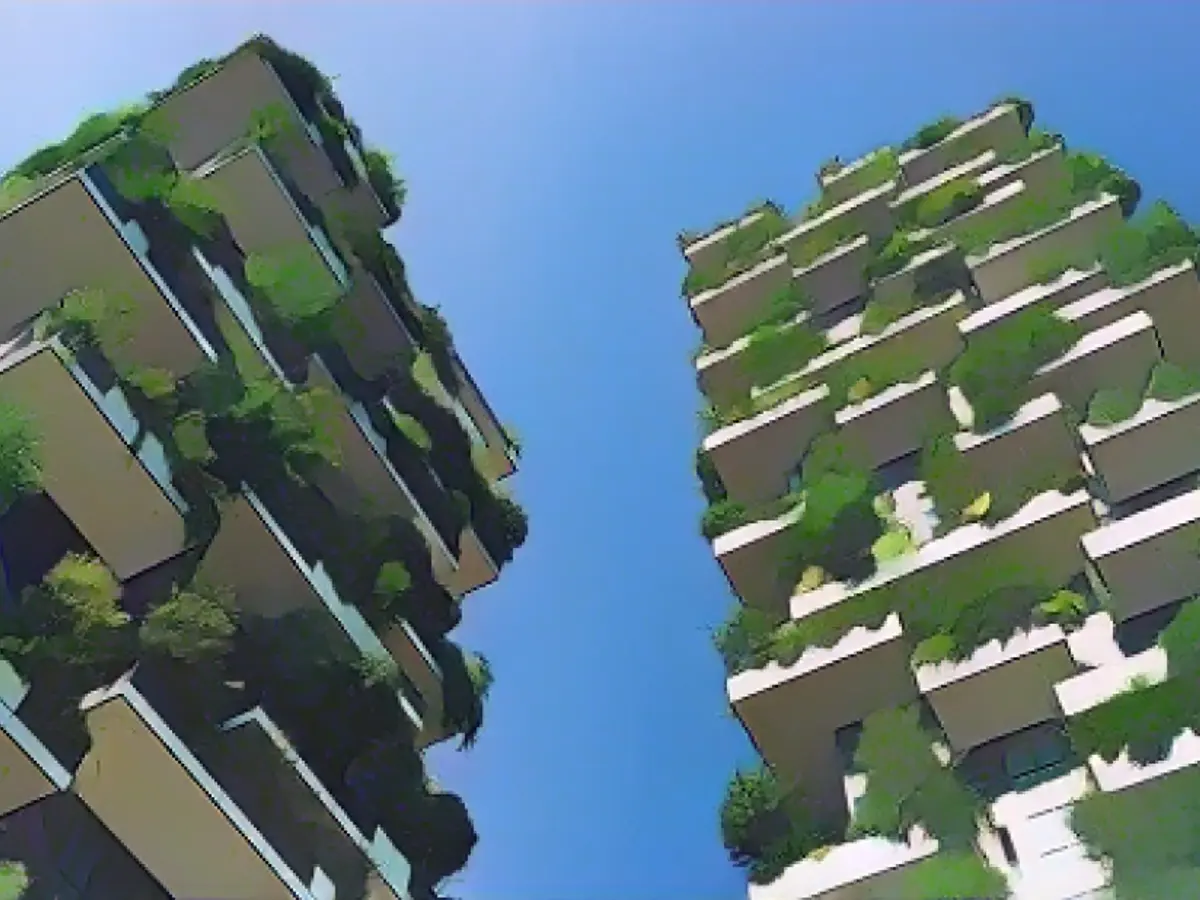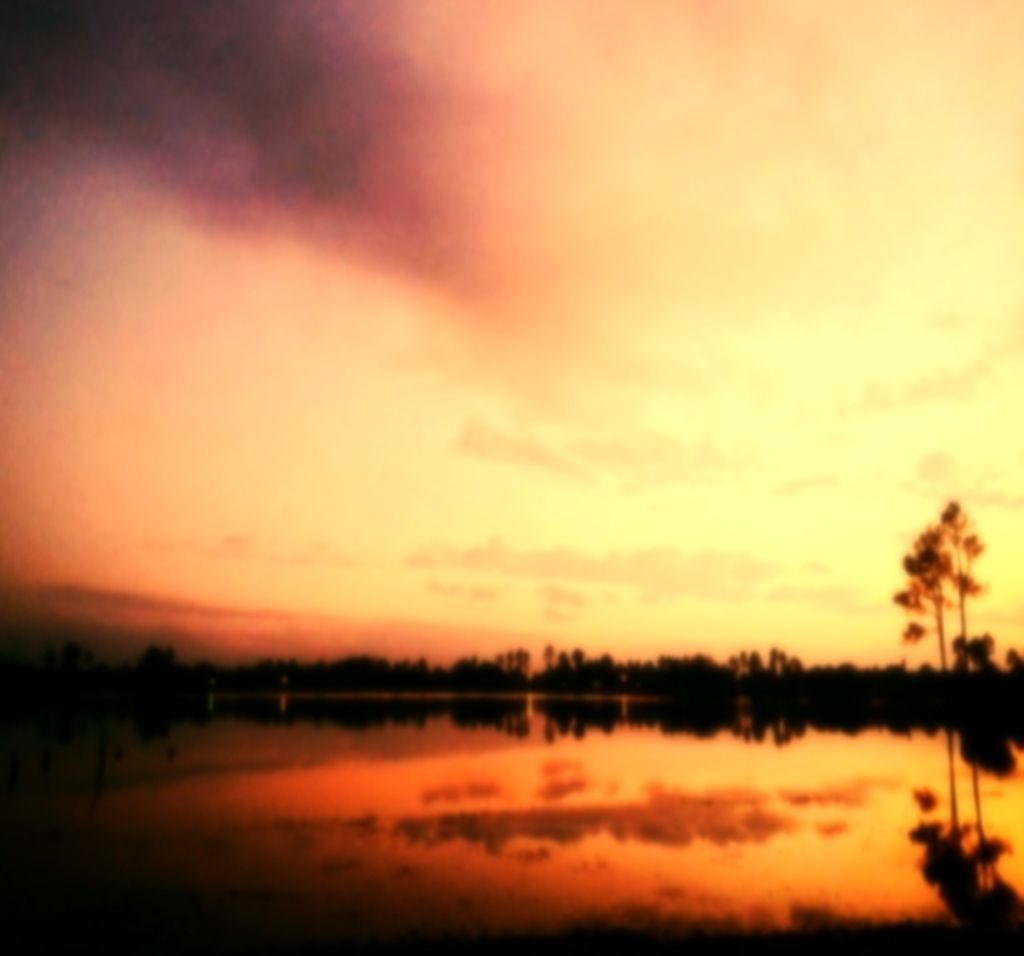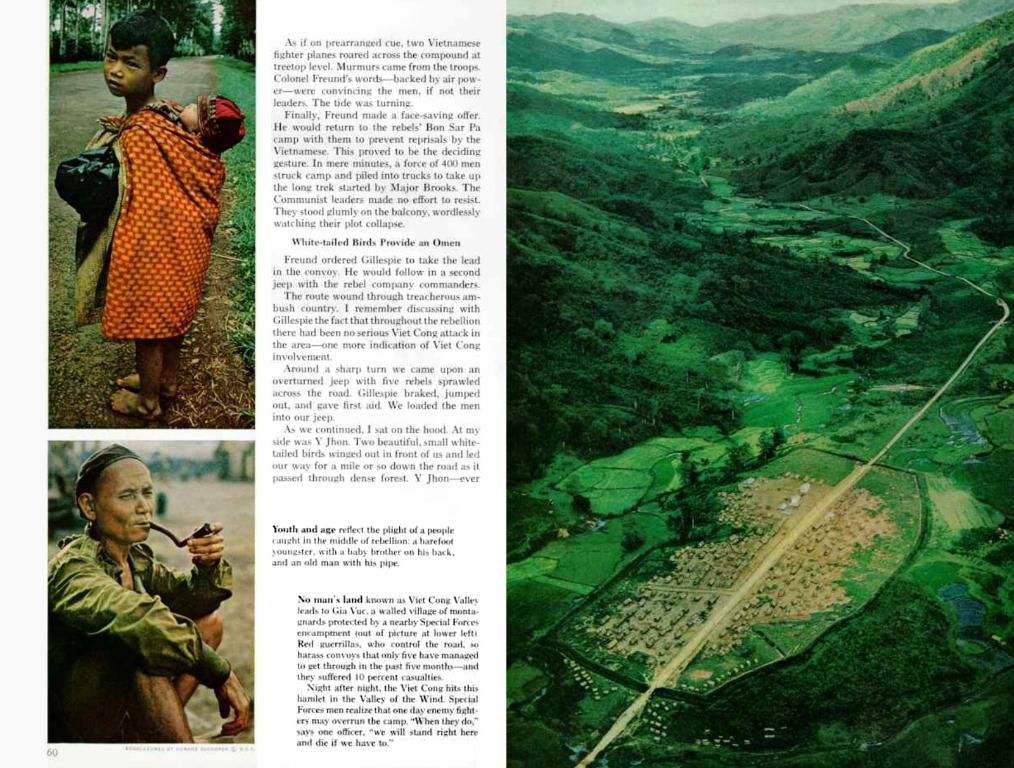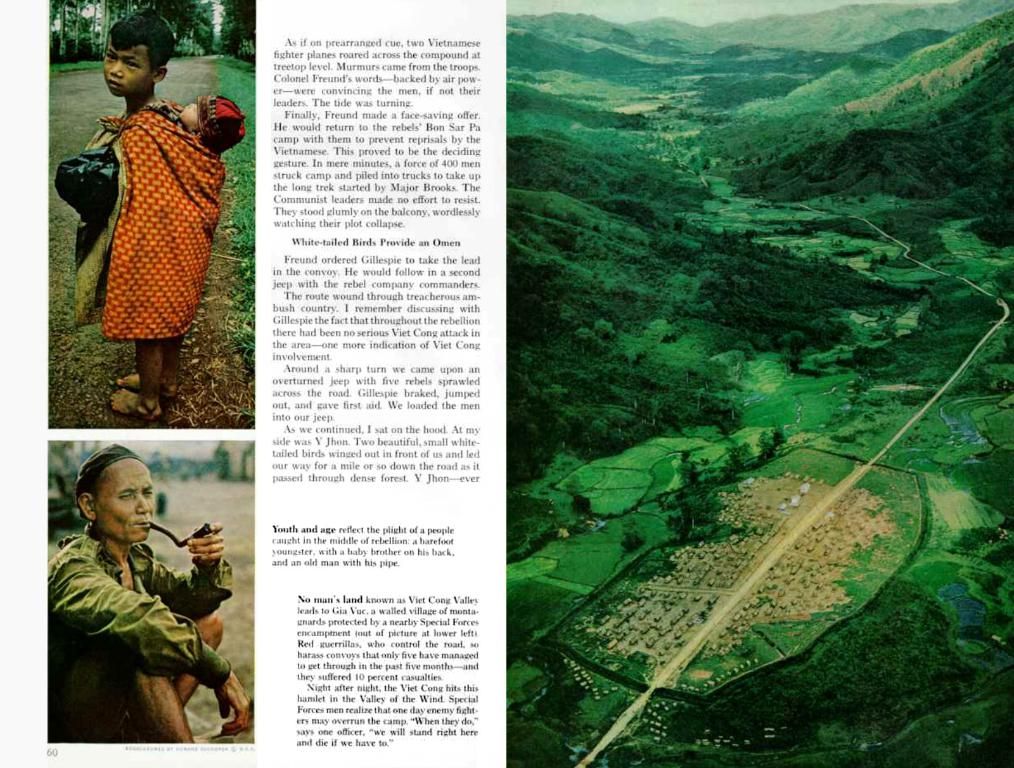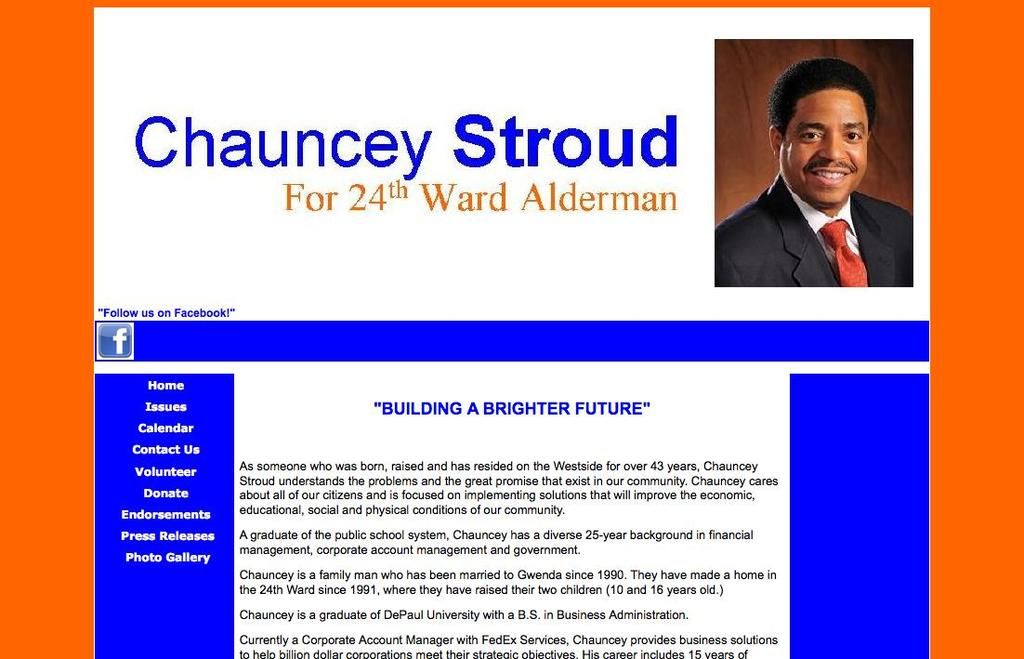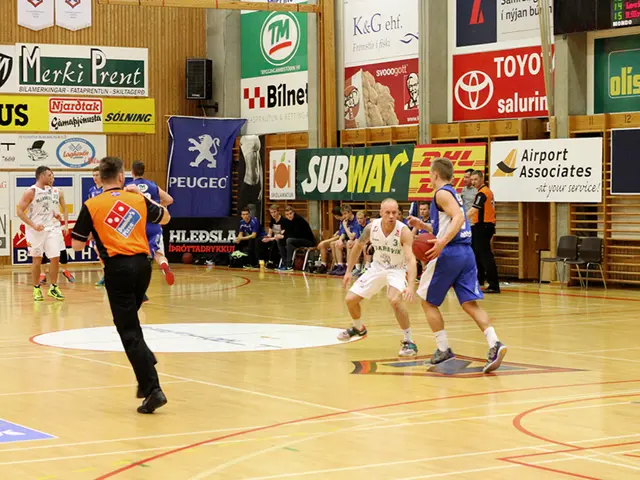Unleashing the Power of Urban Forests
As cities expand and multiply around the globe, urban jungles are steadily gaining importance. These concrete jungles, while boasting numerous benefits, are also home to various challenges that threaten their lush green spaces.
Cities like Paris, New York, and Singapore may not be the first places that come to mind when discussing forestry, but each city boasts its unique urban green cover. The Food and Agriculture Organization (FAO) of the United Nations defines this urban jungle as a "network or system of all trees, groves, and individual trees that inhabit urban and peri-urban areas, ranging from extensive parks to solitary trees lining sidewalks." Although there exist no stringent guidelines regarding the right amount of urban forestry a city needs, experts emphasize its importance.
"People often treat trees as disposable, but they're not," said Stephen Sheppard, a professor of urban forestry at the University of British Columbia (UBC) in Vancouver, Canada. "Green spaces are critical infrastructure."
Urban forests contribute to a city's water and food supplies by shielding the soil, absorbing rainwater, and preventing erosion and sedimentation. For instance, when heavy rain threatened to leave Vancouver, Canada, scrambling for water, its urban forests saved the day by reducing stormwater runoff and preserving the city's water resources.
Green spaces also serve as outdoor sanctuaries for local wildlife, creating green corridors for wildlife movement and boosting biodiversity. In 2014, the koala population in Brisbane, Australia, had plummeted by an estimated 80%. In response, the city invested AUD 90 million to construct wildlife corridors across the city, allowing koalas and other wildlife to thrive in their urban habitats.
Urban forests play a significant role in combating extreme weather conditions and climate change by sequestering carbon, regulating temperatures, and reducing the heat island effect. As urban areas continue to face increased temperatures as a consequence of climate change, green spaces are becoming more vital than ever before.
Take Singapore, ranked as the global leader in tree canopy coverage by the MIT TreeMap project, an initiative that uses Google Street View data to measure global tree cover. Despite a population density of 7,797 people per square kilometer, Singapore maintains an impressive Green Vision Index of 29.3%.
Meanwhile, Hong Kong, although not yet assessed by MIT, has the least available green space per capita globally, with an average of just 2.5 square meters of open space in urban areas for every resident.
Some cities have embraced urban forests as innovative solutions to combat climate change, like Seoul, South Korea, which transformed a central city motorway into a green corridor along waterways, or Manila, Philippines, that converted wasted city spaces into micro-parks.
However, many cities struggle to maintain a balance between green spaces and concrete jungles. For instance, despite holding an 8.8% Greenscape Index, Paris, France, has the least tree canopy coverage among 17 countries examined by MIT, making it a challenging environment for implementing an integrated approach to urban forestry.
To become greener, older cities should explore creative solutions like vertical forests and rooftop gardens. Vertical forests, like the one in Milan, Italy, by architect Stefano Boeri, and rooftop gardens worldwide, are successful examples of innovative urban green spaces that can help combat climate change and improve the urban quality of life.
Urban forestry progress often depends upon the willingness of cities to collaborate with landscape architects and urban planners in the early stages of planning, ensuring that green spaces are not an afterthought but an integral part of urban development.
Across the world, cities are investing in zoning regulations, tax incentives, and community engagement to further their commitment to greener urban living. For instance, Annapolis, Maryland, aims to reach 50% tree canopy coverage by 2050, Manitou Springs, Colorado, is employing AI-powered urban tree tracking methods to enhance its tree canopy, and Vancouver, Washington, is focusing on planting trees in areas with sparse canopy coverage.
In an interconnected world, the health and well-being of our cities' urban jungles are crucial to navigating the challenges posed by climate change and embracing sustainable living. By collaborating, cities can pave the way for a greener future.
References: | |
